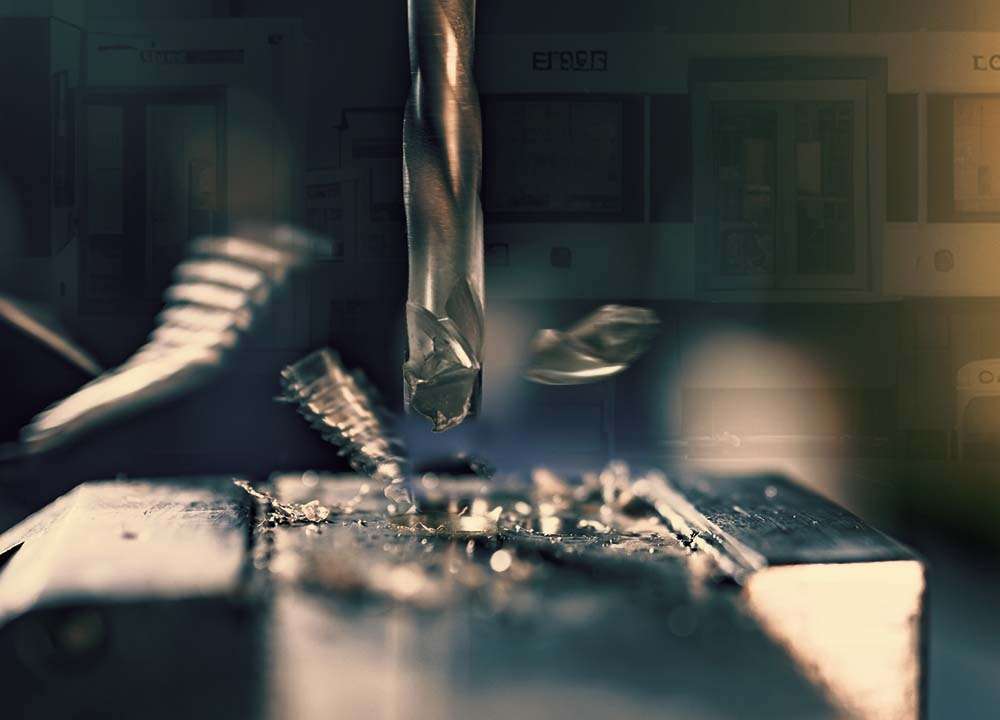Union Minister for New and Renewable Energy and Consumer Affairs, Food and Public Distribution, Pralhad Joshi, visited the National Centre for Photovoltaic Research and Education (NCPRE) at IIT Bombay and held discussions with researchers and advisory board members. During his visit, the Minister toured key facilities including the Perovskite Tandem Solar Cell Lab, Silicon Fabrication Lab, and Medium Voltage Lab, where he interacted with leading scientists and innovators.
One of the major highlights of the visit was the demonstration of a 4-Terminal Silicon/CdTe-Perovskite tandem solar cell developed by ART-PV India, a startup incubated at IIT Bombay. The cell has achieved an impressive power conversion efficiency of 29.8%, representing a significant national achievement and placing India among global leaders in advanced solar technology.
Established in 2010 with funding from the Ministry of New and Renewable Energy (MNRE), NCPRE has played a vital role in advancing India’s 100 GW solar energy mission. Over the past 15 years, the MNRE has provided over ₹200 crore in funding to support R&D and education in photovoltaics at the centre.
As part of its continued support for innovation, MNRE is also investing approximately ₹83 crore ($10 million) to help ART-PV India set up a pilot-scale manufacturing facility on the IIT Bombay campus. This move underscores the government’s focus on fostering domestic innovation and expanding India’s clean energy manufacturing capabilities.
Speaking to the media after his visit, Shri Joshi said, “The MNRE takes pride in supporting the groundbreaking work being done at NCPRE. The development of high-efficiency, low-cost Silicon-Perovskite Tandem Solar Cells represents a turning point for India’s solar future. This innovation puts India at the forefront of global photovoltaic research and holds the promise of pushing solar panel efficiency beyond 30%, well ahead of conventional technologies.”
He emphasized that such progress is critical not only for clean energy advancement but also for reducing the cost of solar power, making it more widely accessible. “This achievement is more than a technological milestone—it’s a blueprint for scalable, self-reliant, and clean energy production in line with the vision of AatmaNirbhar Bharat,” Shri Joshi noted.
The Minister also stressed MNRE’s commitment to promoting advanced technologies through robust policy and financial support. Initiatives like the Renewable Energy Research & Technology Development (RE-RTD) program and dedicated R&D funding are helping premier institutions like NCPRE transition innovations from the lab to real-world applications.
Calling for commercial demonstration and scalability, Shri Joshi urged the ART-PV India team to prove that Perovskite Tandem Solar Cells can be both industrially viable and commercially profitable. “By bridging the gap between research and market, we can drive technological leadership and build a thriving innovation ecosystem,” he said.
He added that this approach aligns with the broader vision of the Government of India under the leadership of Prime Minister Narendra Modi—to position Indian R&D as a global benchmark. Referring to the recently approved Research, Development and Innovation (RDI) Scheme, Shri Joshi pointed out that the government has allocated ₹1.27 lakh crore towards boosting national R&D capabilities. Also present during the visit were Prof Shireesh Kedare, Director of IIT Bombay; Prof Baylon G Fernandes, Principal Investigator at NCPRE; and Prof Dinesh Kabra, Co-Founder of ART-PV India.








